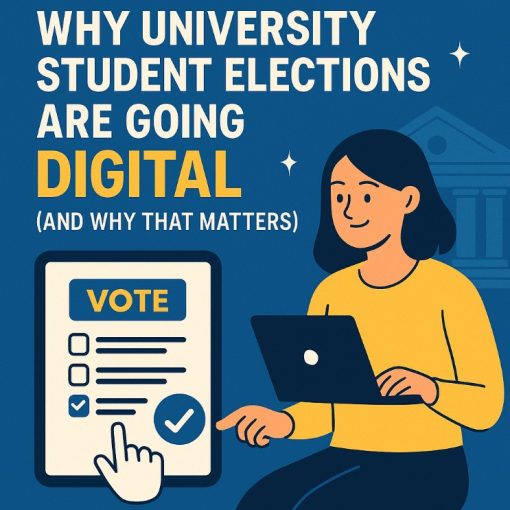Every organization faces a choice when planning school board and PTA elections: stick with familiar methods that everyone knows are flawed, or embrace solutions that actually work for modern voters. This decision impacts not just the election logistics, but the legitimacy and effectiveness of the entire democratic process.
The stakes are higher than many realize. Poor election execution doesn’t just create administrative headaches — it undermines trust, reduces participation, and can even affect the quality of leadership that emerges from the process.
The Current State of Affairs
Let’s examine what typically happens with traditional methods: Working parents struggle to reach polling locations during school hours, Low participation from busy families, Expensive printing and venue costs for traditional elections, Manual counting errors in close races. These aren’t minor inconveniences — they’re barriers to democratic participation that compound over time.
The hidden costs extend beyond the obvious. Election administrators spend countless hours on manual processes that could be automated. Voters become disengaged when participation requires significant personal sacrifice. Organizations lose credibility when election results are delayed or questioned due to process limitations.
Perhaps most importantly, the best potential leaders may never emerge if the election process itself creates barriers to broad participation. When only the most persistent voters participate, the results may not truly represent the will of the entire constituency.
Understanding the Root Causes
These problems aren’t the result of poor planning or insufficient effort. They’re structural issues inherent in systems designed for different circumstances. Paper-based voting made sense when organizations were smaller, less dispersed, and when digital security wasn’t feasible. Today’s reality demands different solutions.
Geographic dispersion, busy schedules, accessibility requirements, and security concerns have all evolved dramatically. The tools and processes, however, have largely remained static.
A Comprehensive Alternative
OnlineVotingApp.com was built specifically to address these systemic challenges. Our platform scales seamlessly whether you have 50 voters or 50,000, with end-to-end election management that covers everything from nominations to final results. No more juggling multiple vendors, systems, or processes.
The practical benefits speak for themselves: Parents can vote after work or during lunch breaks. Teachers can participate without leaving their classrooms. Cost-effective solution saves school budget funds. Every vote is cast in under 30 seconds and protected by our proprietary 1-voter 1-machine system that prevents fraud by tying each vote to a single device while maintaining complete voter anonymity.
But the real value lies in the comprehensive approach. Rather than solving individual problems piecemeal, the platform addresses the entire election lifecycle as an integrated system. This eliminates compatibility issues, reduces training requirements, and ensures consistent security standards throughout.
Security That Actually Works
Traditional election security relies heavily on physical controls and human oversight — both of which have inherent limitations. Digital security allows for cryptographic protection, audit trails, and authentication methods that are actually more robust than paper-based alternatives.
Our 2-factor authentication system ensures voter identity verification while maintaining complete privacy. Voters can’t be linked to their specific choices, but the system can verify that only eligible voters participated and that each person voted only once.
Implementation and Support
Organizations receive comprehensive support including detailed PDF manuals with screenshots for every process step, plus dedicated email and call support throughout the election period. Our user-friendly interface ensures accessibility across all age groups and technical skill levels — we’ve successfully facilitated elections where participants ranged from teenagers to octogenarians.
The transition process is designed to be as smooth as possible, with testing opportunities and training sessions available to ensure everyone feels confident with the new system before election day.
Measuring Success
The transformation is immediate and measurable: higher participation rates, faster results, reduced administrative costs, and restored confidence in the election process. Organizations consistently report that elections become events that bring people together rather than create stress and controversy.
This is democracy working the way it should in the 21st century — accessible, secure, efficient, and trustworthy. The technology exists today to make this vision a reality for any organization willing to embrace better tools.


